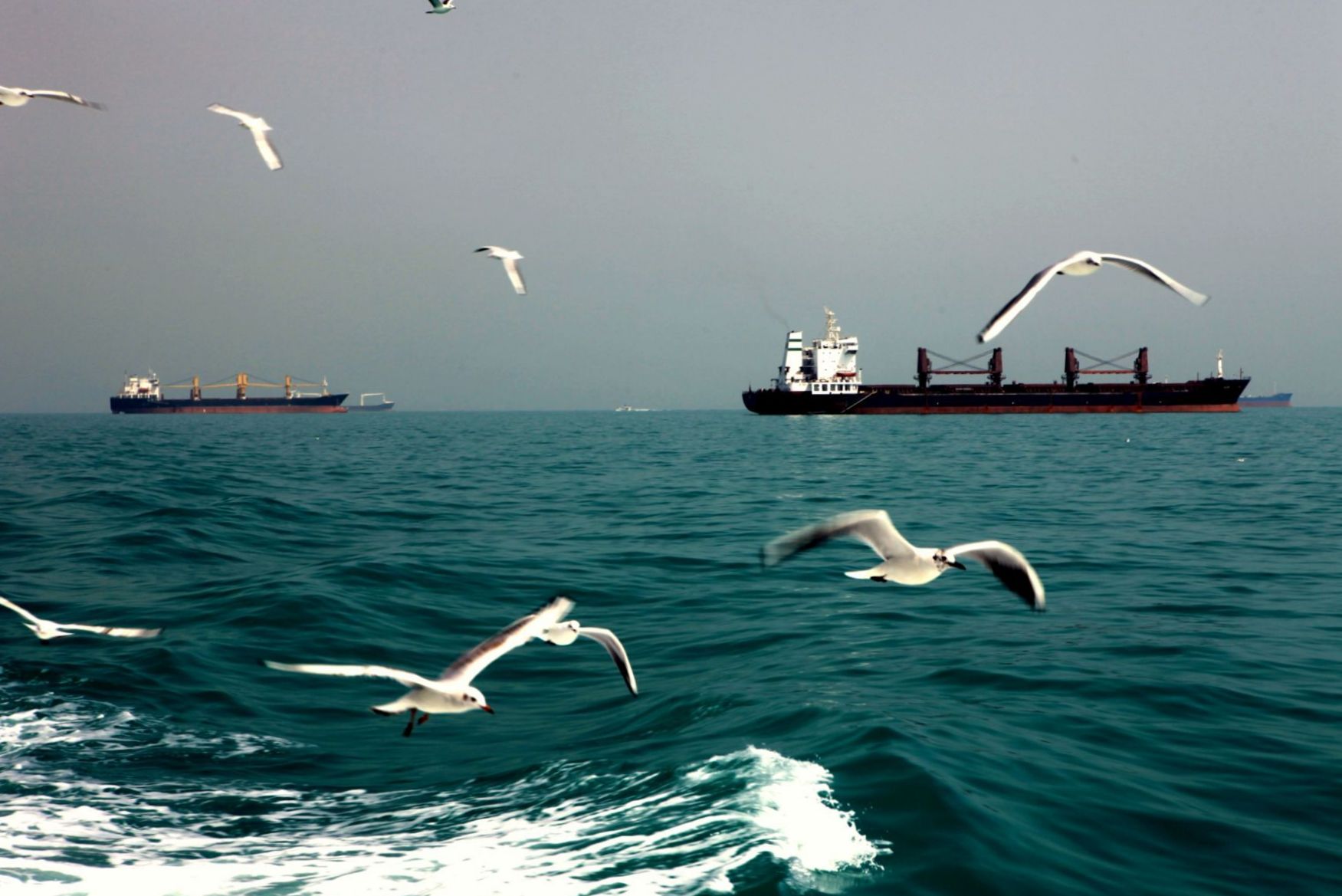|
Fort Nossa Senhora Da Conceição
The Fort of Our Lady of the Conception, also known as the Portuguese Castle, is a red stone fortress on Hormuz Island, Iran. It is one of the last surviving monuments of Portuguese colonial rule in the Persian Gulf. Ormuz (or Hormuz) was an important maritime city and a small kingdom near the entrance to the Persian Gulf. The original site of the city was on the north shore of the Gulf, about 30 miles east of the current Bandar Abbas. Around 1300, apparently in response to attacks from the Tartars, it moved to the small island of Gerun, which can be identified as the Organa of Nearcho, about 12 miles west and 5 miles from the coast. Constructed on reddish stone on a rocky promontory at the far north of the island, the castle was originally cut off from the rest of the island by a moat, traces of which still remain. Although most of the roof caved in long ago, much of the lower part of the very substantial outer walls is intact, with the remains lying on different levels of th ... [...More Info...] [...Related Items...] OR: [Wikipedia] [Google] [Baidu] |
Hormuz Island
Hormuz Island (; ), also spelled Hormoz, Ormoz, Ormuz or Ormus, is an Iranian island in the Persian Gulf. Geography Hormuz Island has an area of . Located in the Strait of Hormuz, off the Iranian coast, the island is part of Hormozgan Province. It is sparsely inhabited, but some development has taken place since the late 20th century. Geology Reddish ochre on the island and its beaches, called Golak by natives, has been exploited for artistic and culinary purposes, and also attracts tourists. Degradation due to overuse of the ochre has resulted in actions by the Department of Environment (Iran), Department of Environment to protect it. The satellite images catching the concentric arrangement of the rocks show that Hormuz Island appears to be a salt diapir, composed of ancient seasalt deposits which, due to lack of salt-dissolving groundwater and rains, and due to their plastic deformabilty, can flow and squeeze just like ice; thus, under the squeezing pressure of other sedim ... [...More Info...] [...Related Items...] OR: [Wikipedia] [Google] [Baidu] |
Dibba Al-Hisn
Dibba Al-Hisn (, ''white Dibba'') is a pene-exclave of the emirate of Al-Sharjah, one of the seven United Arab Emirates. It is bordered by the Gulf of Oman from the East, Dibba Al-Baya (a province of Oman in Musandam) from the North, and Dibba Al-Fujairah from the South. It is also geographically part of the Dibba region. It is the smallest in size among the Dibbas. It is mostly known for its fish market and the ancient fortress from which it got its name. Also, it is known for its high density of population relative to the other Dibbas. History Pre-Islamic period Dibba Al-Hisn has been an important site of maritime trade and settlement since the pre-Islamic era. Although there is slight information, mainly from tombs, of settlement during the later second millennium and early first millennium BCE, contemporary with such sites as Shimal, Tell Abraq and Rumeilah, and of scattered occupation during the period of al-Dur and Mileiha, most mention of Dibba is in the peri ... [...More Info...] [...Related Items...] OR: [Wikipedia] [Google] [Baidu] |
